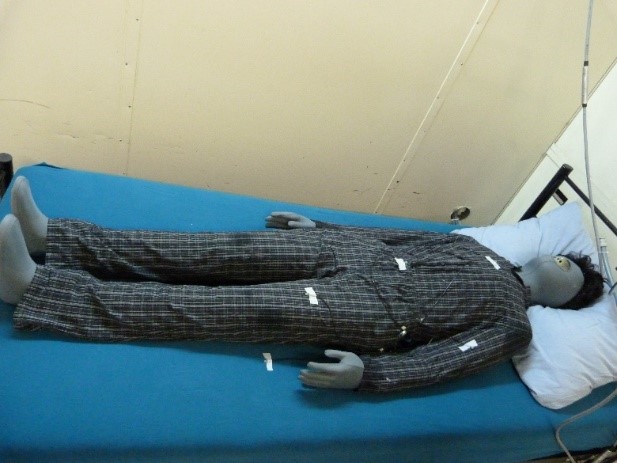Characterization of the thermophysiological comfort of duvets in consideration of the bed cave
DOI:
https://doi.org/10.25367/cdatp.2020.1.p39-47Keywords:
duvets, bed cave, sweating, thermal manikin, thermophysiological comfort, 3D scanningAbstract
Sleep is a fundamental need for humans. On average 1/3 of the lifetime is spent in bed. Important for a healthy sleep is the duvet. This should have sufficient heat insulation and should ensure a dry bed climate at the same time. The thermophysiological comfort of classic duvets can be rated via skin model and thermal manikin. The simultaneous detection of dry and moist heat flux of duvets is at the moment not possible.
The lecture presents results of the German funded project AiF 19522 N “Bed Cave and Comfort”. Within the project the interaction of thermophysiological comfort during sleeping and the bed cave was investigated. Duvets with different filling materials (down and feathers, polyester, animal hair as well as new developments) were examined according the classical, thermophysiological evaluation method for sleep comfort. Furthermore, a new evaluation method for duvets with the sweating, thermal manikin Sherlock (Newton type, Thermetrics) was developed. During the measurement, a realistic sleep situation can be reconstructed with the sweating, thermal manikin. Additionally, a method for recording and quantifying of the bed cave via 3D scanning was established. By generating cross-sections from 3D scans, it was possible for the first time to visualize and measure the bed cave as layer between a human and the duvet. All measured data were validated by monitored sleep test within a climatic chamber.

Downloads
Published
How to Cite
Issue
Section
License
Copyright (c) 2020 Bianca Wölfling

This work is licensed under a Creative Commons Attribution-NonCommercial-NoDerivatives 4.0 International License.





